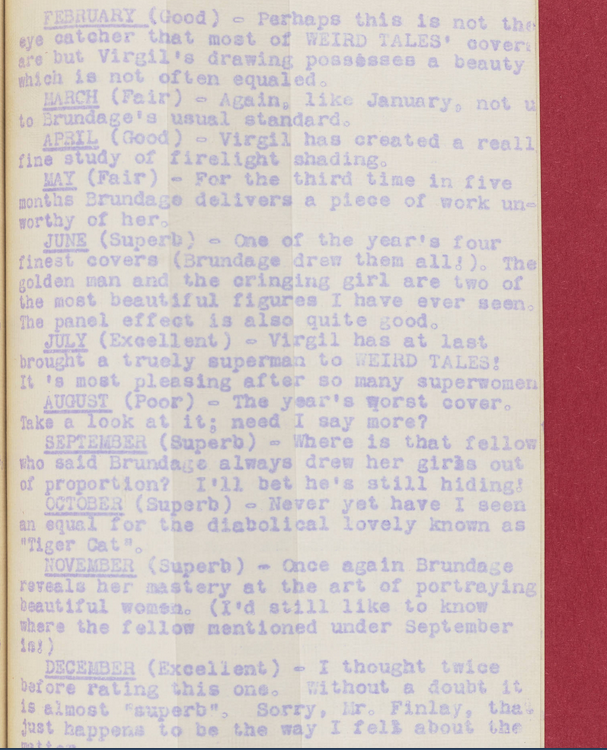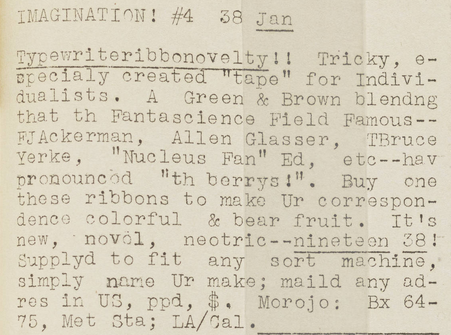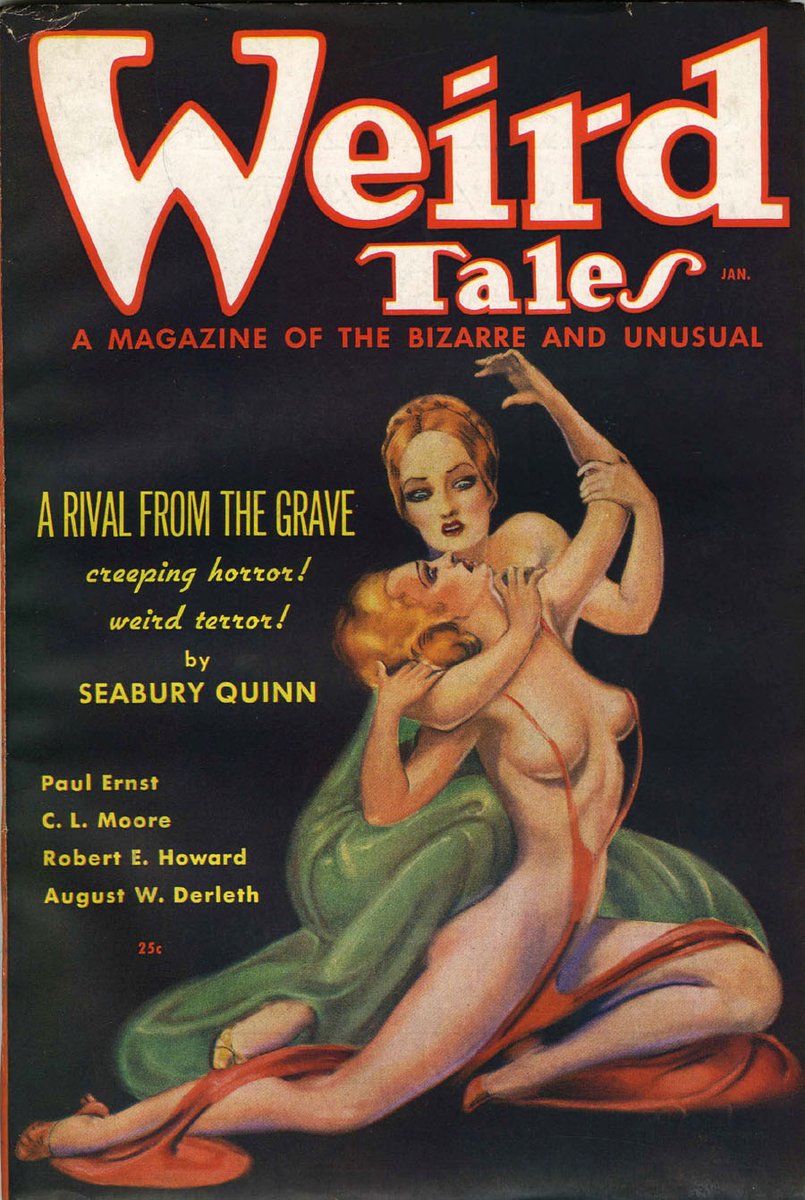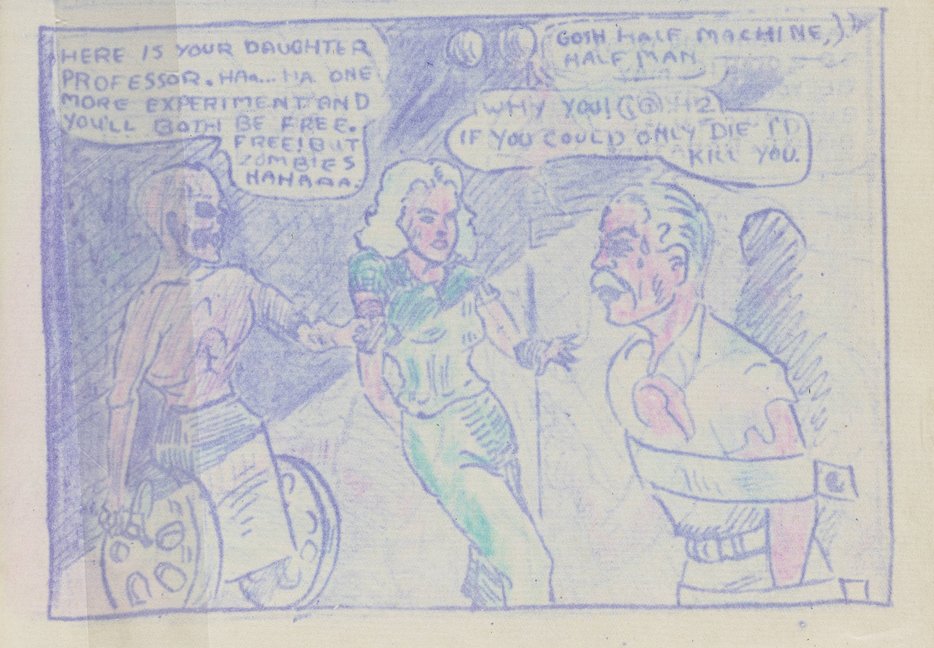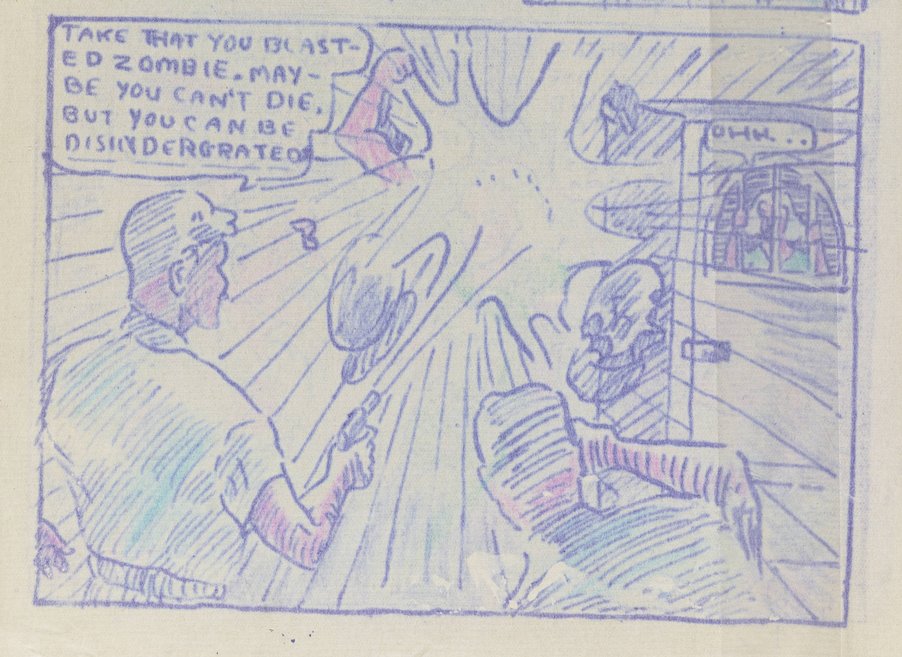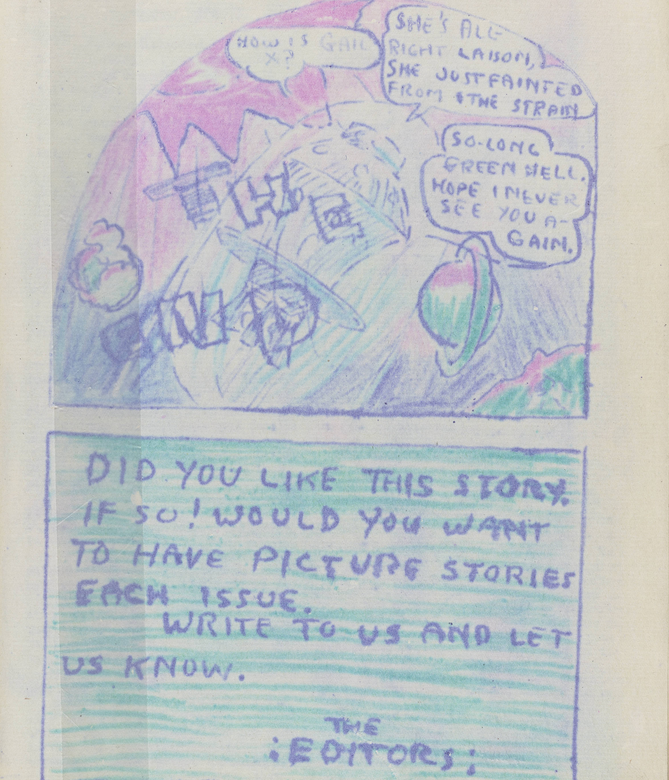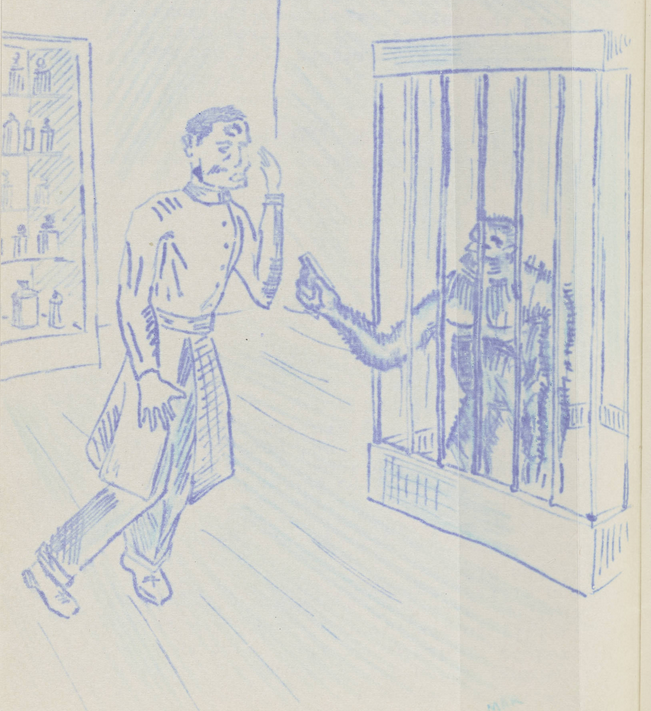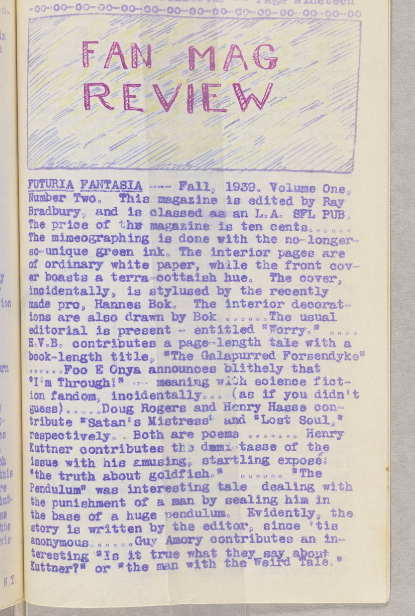The Iowa Digital Library has a collection of sci-fi fanzines from the 1930s and 1940s, and my entertainment needs through the rest of the pandemic are taken care of.
https://diyhistory.lib.uiowa.edu/ ">https://diyhistory.lib.uiowa.edu/">...
https://diyhistory.lib.uiowa.edu/ ">https://diyhistory.lib.uiowa.edu/">...
If I& #39;d been a nerd in the 1930s this would be me, solemnly rating the artwork on every Weird Tales cover.
This is Forrest Ackerman selling nerds colored typewriter ribbon, but the really fascinating part is that in 1938 people were already making their Twitter names.
Things the fanzines have taught me:
1. Forrest Ackerman established himself as King Geek five minutes after geeks were invented.
2. In the rivalry between science fiction and "weird fiction," weird fiction was able to hold its own mainly because it had the horniest cover art.
1. Forrest Ackerman established himself as King Geek five minutes after geeks were invented.
2. In the rivalry between science fiction and "weird fiction," weird fiction was able to hold its own mainly because it had the horniest cover art.
This chimpanzee aiming a gun at a scientist, from a story entitled "Retribution," is the aesthetic I needed today.
Dag, I haven& #39;t read a single title in this eighteen-year-old& #39;s meticulously assembled listicle.
Incidentally, I love the term "scientifiction," used widely in this era of fandom, and would like to bring it back.

 Read on Twitter
Read on Twitter
